ECE 22-06. The new safety standard for motorcycle helmets
Published on: 30 January 2021
The new ECE 22-06 was launched in 2021 and the first helmet to be launched in the UK which met this standard was the Arai Quantic helmet.
Only extremists and complete lunatics would contend that motorcycle helmets were not the single most important contributor to a motorcyclist’s safety, although it should not be forgotten that MAG, the Motorcycle Action Group, was originally set up in 1973 to protest against the newly-introduced legislation concerning helmet wearing. It was viewed as an infringement of civil liberties!

Some estimates now suggest that a motorcylist’s chances of surviving a motorcycle accident are increased by more than 40% if the rider is wearing a helmet. The chances of escaping brain injuries are increased by nearly 70%. A helmet is the single most important item in any motorcyclist’s kit locker. They save lives. But that doesn’t mean that there’s no scope for improvement as far as safety is concerned.
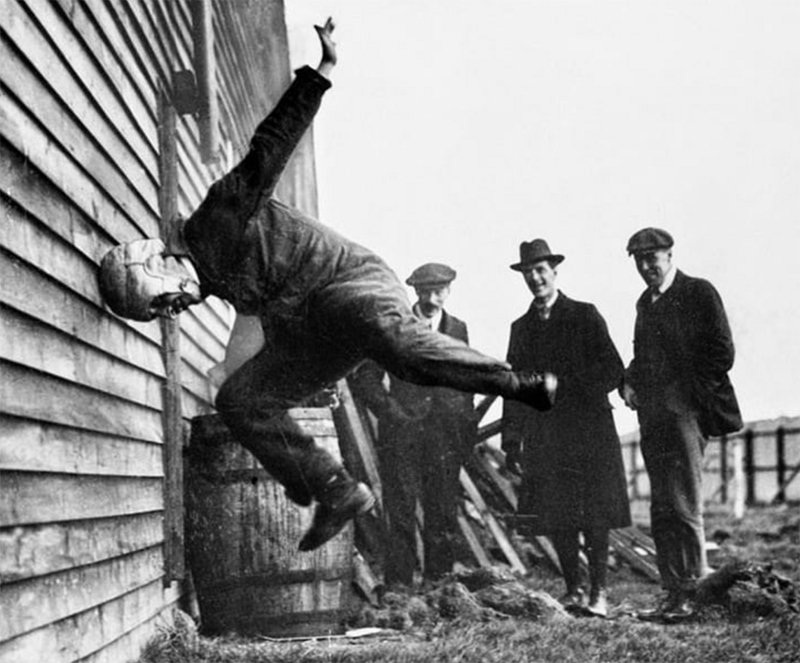
For many years the safety standard that applies to motorcycle helmets sold in the UK, and indeed throughout Europe, has been ECE 22-05. Despite the ECE nomenclature, this standard has nothing to do with the EU. The standard actually comes out of the United Nations, and the ECE bit stands for the ‘Economics Commission for Europe’. Brexit will have no bearing, therefore, upon the need for UK motorcyclists to adhere to the ECE regulations.
It was Regulation 22 that initially set the up the requirement for a standard for helmet safety. Although the regulatory framework was agreed upon in 1972, the new standard only came into force in 1982 as ECE 22-02. The fifth amendment, 22-05, took effect from March 2005.
The standard mandates numerous tests in a whole host of areas: the shell, the strap, the visor, the field of vision, and so on. But perhaps the most important test is that which measures a helmet’s ability to absorb the energy of an impact.
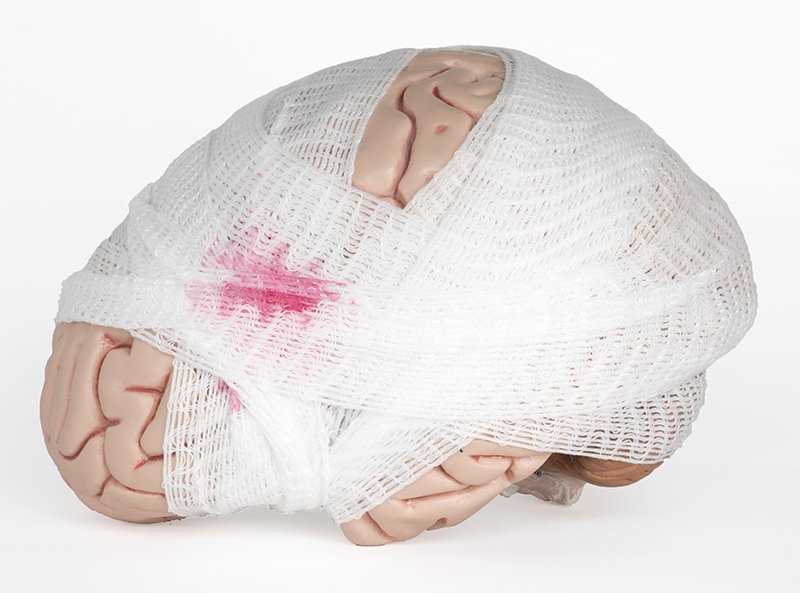
When a helmet is involved in an impact, the energy that is transferred through the shell sends the brain flying from one side of the skull across to the other and then back again. It it this coming together of the soft and delicate tissue of the brain with the hard bone of the skull that can cause damage to the brain. Arguably, the main function of a helmet, therefore, is to absorb the energy of an impact, meaning that there is less force applied to the skull. This will, in theory, slow down the speed with which the brain crosses from one side of the skull to the other, thus reducing irreparable damage.
What has to be remembered is that the brain is one of the few organs that cannot be repaired. Brain damage is permanent. It is the case that we can sometimes limit the effect of this damage, and learn how to compensate for it, but clearly we want a helmet to be as effective as possible when it comes to absorbing energy in an accident situation.
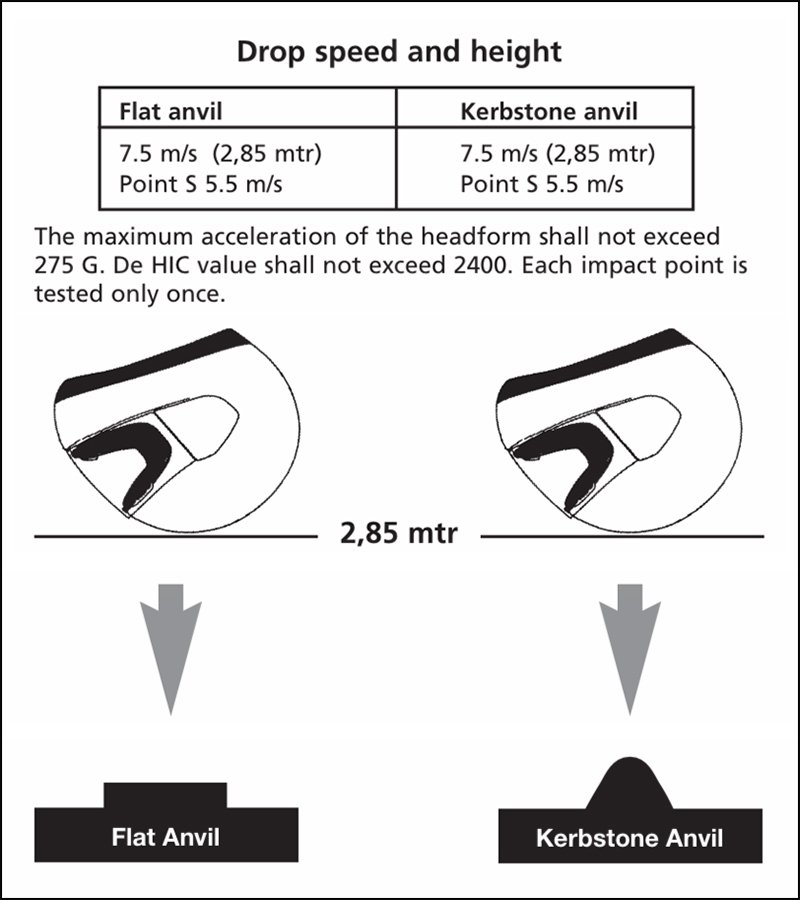
Now, there was, and is, a view that the standard set by ECE 22-05 for energy absorption was not sufficiently high. I’ll be cheating here a little because the science involved is a little complicated and a little dull. But the maximum force that could be transferred through a helmet that still met the pass standard was 275 g.. The problem was that, dependant upon the duration of that impact, the result could still lead to permanent brain injury or death. In fact, at this threshold level, there is a 96% chance of permanent brain damage and a 77% chance of death. And those stats are not particularly reassuring.
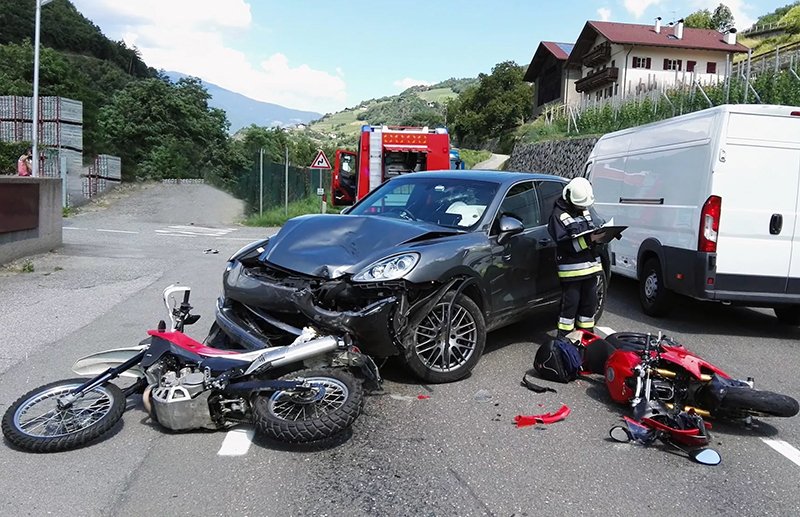
Given this, we had hoped that 22-06 might specify higher levels of energy absorption, but unfortunately this isn’t the case. But whilst the threshold remains unchanged, the velocity of the impact for the test is increased under 22-06, meaning that the standard is, nonetheless, a higher one. 22-06 also embodies a lot of further tests that will go towards ensuring that the next generation of helmets will be safer than those that have gone before.
Under ECE 22-05, energy absorption was measured by dropping the helmet on to both an anvil and a kerbstone. Inside the helmet there’s a dummy head that’s embedded with accelerometers that measure the absorption of energy. The helmet is dropped from a height of 2.87 metres, at a speed of 7.5 metres a second, which equates to an impact speed of around 17.5 mph. That may not sound very fast, but most accidents don’t involve a head-on impact with something as inflexible as an anvil. Often there will be a glancing blow, or a coming together with the bodywork of a car or a windscreen that will absorb part of the impact. Under the 22-05 regime helmet is impacted in five different areas.
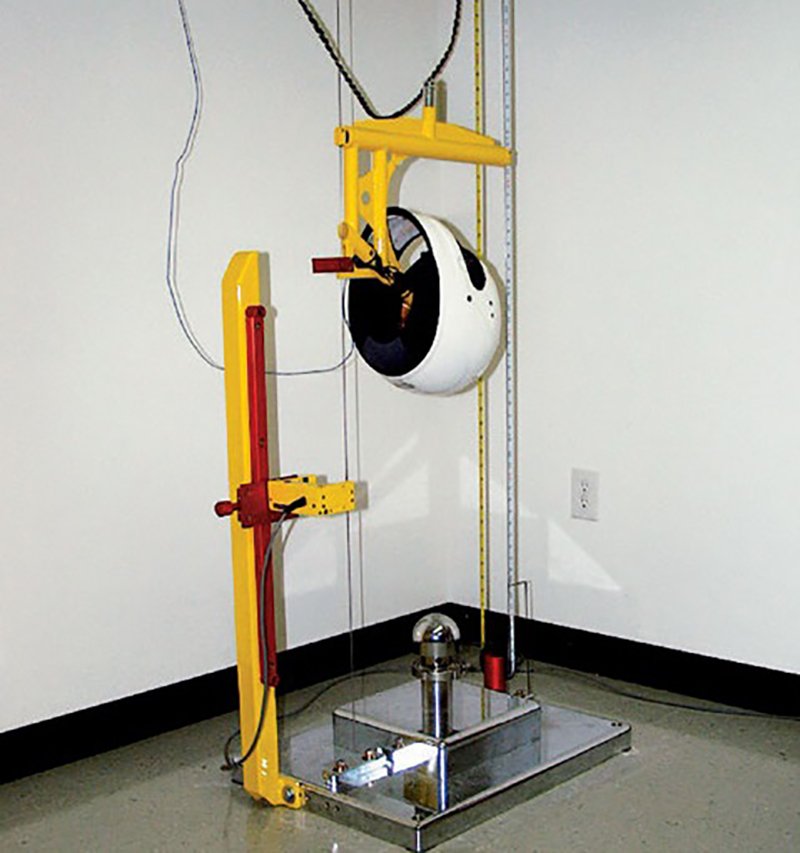
There are, of course, other tests. One is for the rigidity of the shell. One measures the penetrability of the visor. There’s another that looks at the helmet’s ability to stay in place in an accident: the so-called ‘roll-off’ test. There are also tests for peripheral vision, visor light transmission, and so on.
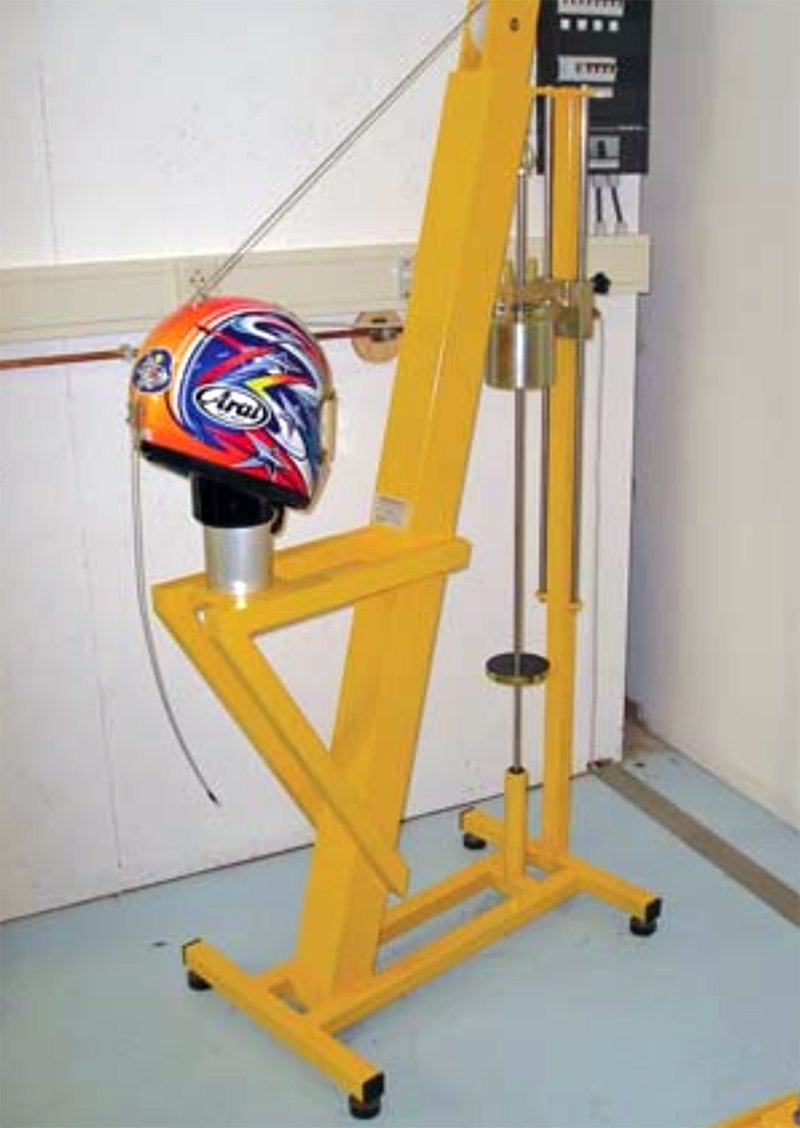
We have already explained that, whilst the new test does not demand a higher level of energy absorption, the standard is higher under ECE 22-06 because of the increased speed with which the helmet is dropped on to the substrate. But under 22-06, there will also be a test at a lower impact speed. That might sound bizarre, but there is a reason for this.
Now some helmets have very hard and rigid shells, and these may be effective in a high speed accident because there is less chance that the shell will crack, but if the shell is too rigid, it perhaps won’t absorb energy in lower speed accidents, which are equally common. Which is where the lower speed, 5.5 metres per second test comes in. It will ensure that helmets don’t have shells that are too strong and stiff to absorb energy in low speed situations.
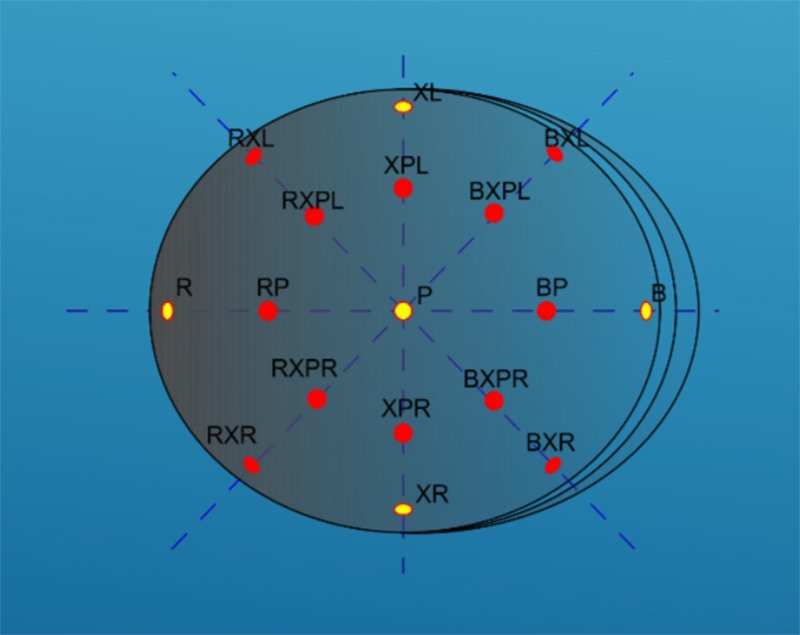
But ECE 22-06 adds another element to these tests. One of the criticisms of ECE 22-05 was that the impacts were always directed at the same five points on the helmet. Under ECE 22-06, the testers will randomly choose three further test points from a selection of 12. And this is important because, under the old system it was theoretically possible for manufacturers to reinforce their helmets in the known areas.
22-06 will also measure for what are known as angled impacts. It is now accepted that such impacts can cause serious brain injuries as the brain potentially rotates violently inside the skull, causing tears in the structure of the brain. And so 22-06 will now incorporate impacts against an anvil with a 45 degree angle. Extra sensors in the head form will now measure the twisting forces transmitted through the helmet to the rider’s head. It’s expected that under this particular test, rounder, smoother shells will perform better which, on one level, is what Arai has always told us. They have often spoken about the superior ‘glancing-off’ abilities of their helmets. Maybe they were right all along?
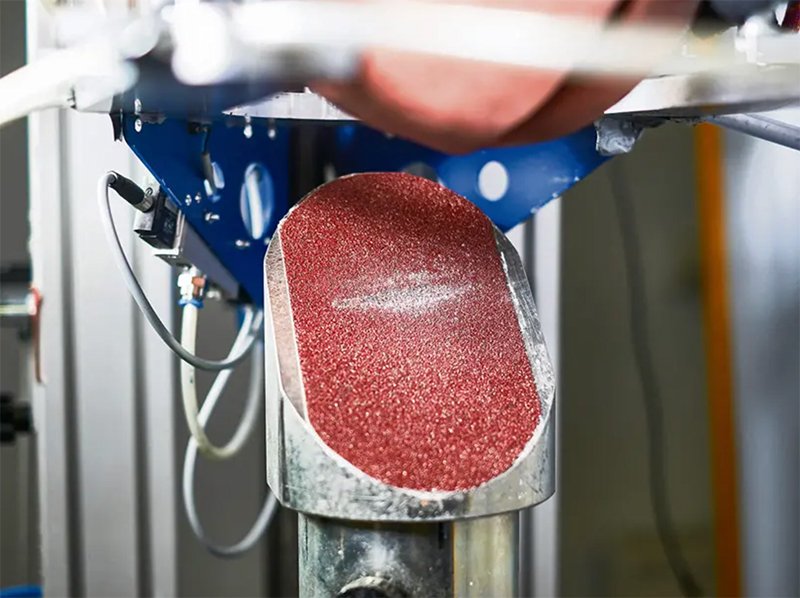
Modular helmets, or flip-lids, will now also come under greater scrutiny. Under 22-05, modular helmets were only tested with the chin closed. Now, under 22-06, these helmets will be tested in both the open and closed positions.
Helmet visors will also be subjected to a much more stringent test. Under the new testing regime, a visor will be shot at with a steel ball at 60 meters per second. This will simulate a stone hitting the visor at a little over 130 mph. To pass the test, the visor must not fracture, deform or become detached from the helmet.
Some of the other tests might perhaps seem less significant, but they add to the picture; a picture of safer, more protective helmets. We’re talking about tests to drop-down sun visors and to the kind of accessories that can be integrated into a helmet; accessories like comms. systems. These tests will ensure that these accessories do not affect the ability of a helmet to protect the wearer. The main visor will now be tested for anti-fogging. Strangely, although it will be welcome to some, under the new rules visors can have a darker tint.
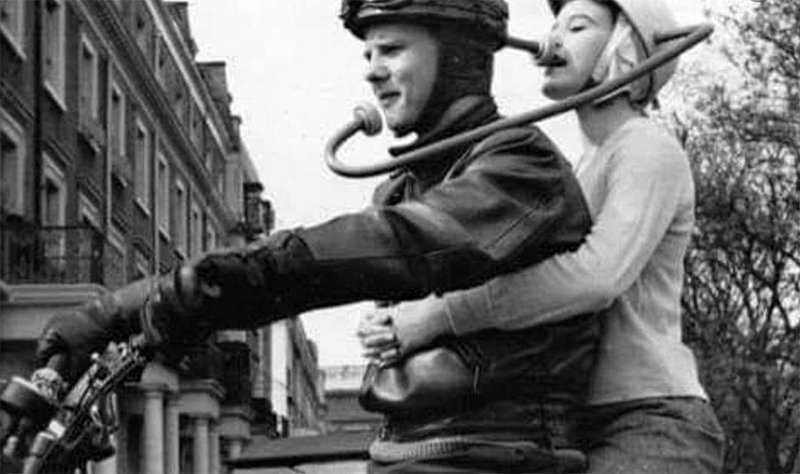
There is also a shell rigidity test. Now, there has alway been such a test, but under ECE 22-06, if a shell cracks or deforms in an impact test, it will subjected to a further rigidity test to ensure that it will still be able to absorb energy in the event of a second major impact.
There are those who will still be disappointed with ECE 22-06. Critics will point to the fact that, under the test, helmets are only impacted in a given place just once, and not on multiple occasions. There are also those who would want a modern standard to incorporate a shell penetration test. Both of these tests are incorporated into the US Snell standard, but Snell is more about car racing than it is about motorcycling; and the two disciplines make very different demands upon a helmet.
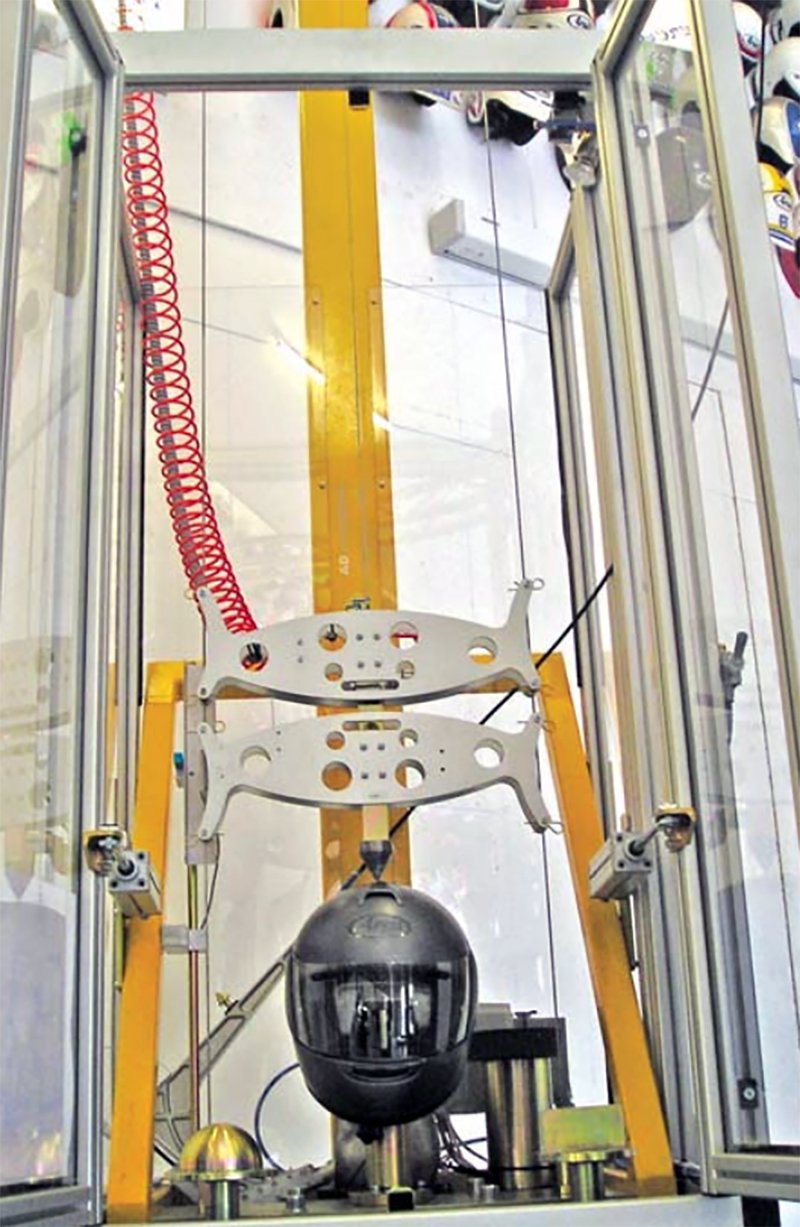
But overall there can be no doubt that ECE 22-06 will lead to a new generation of safer motorcycle helmets. How much safer 22-06 helmets will be to 22-05 helmets it is impossible to quantify, but given the breadth of new tests, it will almost certainly not be the case that a 22-05 helmet would pass the new test without fairly extensive modifications. And this we state because some manufacturers out there are already stating that their current helmets will merely rely require a new sticker! And that’s not quite the case, I’m afraid.
Now it is almost certainly the case that high-end manufacturers like Arai, Shoei and Schuberth will have to do less to get their helmets to pass 22-06, and that is because companies like these have always tested to their own, higher, in-house standards. But even the Arai Quantic helmet has had to have a differently shaped shell fin order to pass the ECE 22-06, so nothing can be taken for granted.
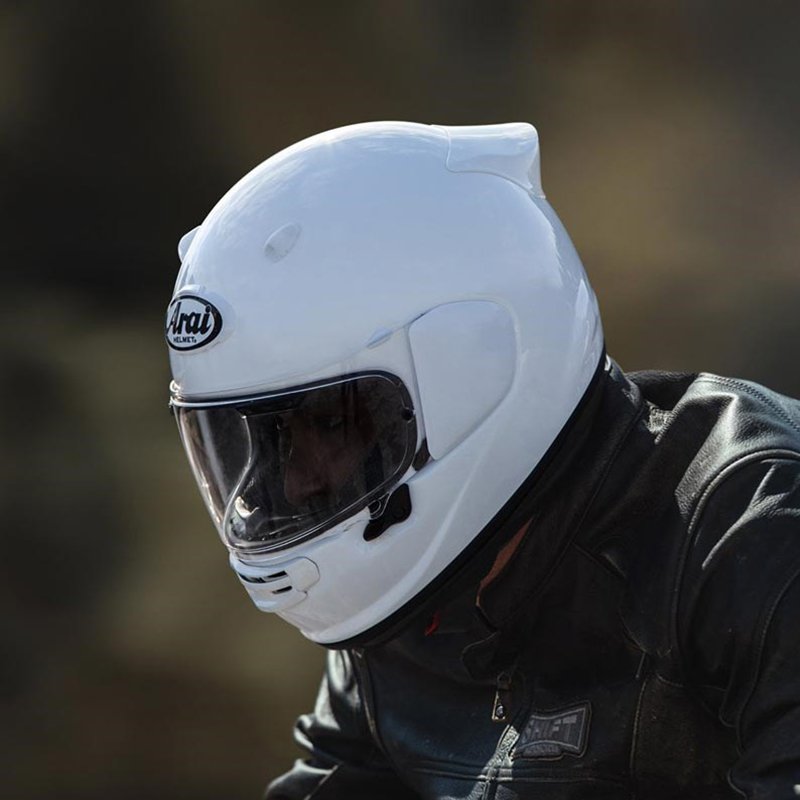
By contrast, we suspect that some of the budget and entry-level brands will find difficulty complying. It may well be that a lot of the manufacturers will have to start from scratch and design totally new ranges. And it may be that we will see an end to helmets with too many angles and sharp protuberances. It is, though, perhaps too early to say.
So does this mean that you should abandon your current helmet, and go out and buy a 22-06 one? Well, it’s probably a little early for that. The testing specs. and the equipment specs. were only released in January, and it will take some years before all helmets comply. It is currently envisaged that only 22-06 helmets can be sold from June 2023. But, like EN17092, this legislation is already running behind its proposed scheduling, so we would envisage some extension of the deadline. And, of course, you can continue riding in a 22-05 helmet for as long as you want.
The fact is that if you are wearing a good quality helmet from one of the major brands like Arai, Shoei or Schuberth, who already test in-house to a much higher standard than ECE 22-05, you will have done as much as you can. Later this year, the first 22-06 helmets will start to come through, but for a year or more the choice is going to be very limited.
Need help choosing a helmet? We have a great article: How to choose a motorcycle helmet.
Share this story
































































